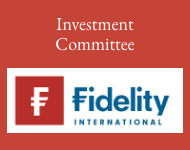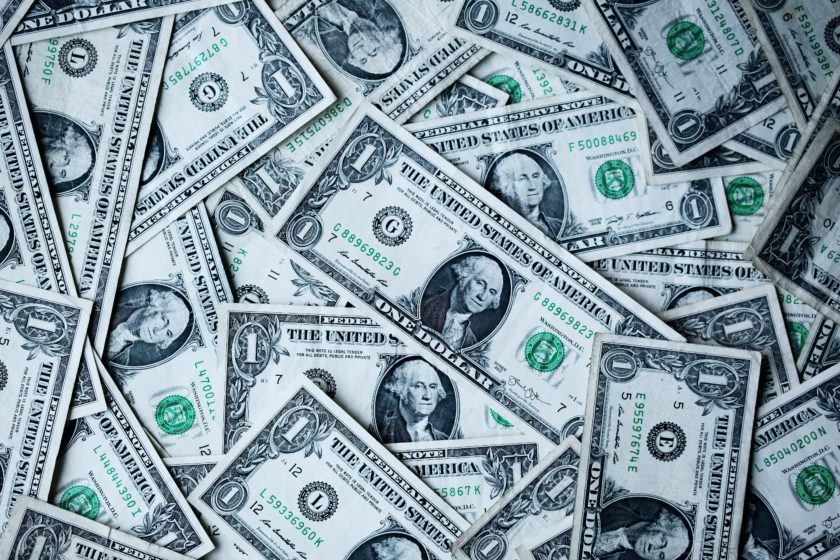With questions being raised about the US Dollar’s status as the global reserve currency, Emma Moriarty, Portfolio Manager at CG Asset Management, looks at whether there is a competitor in the wings.
This past month, markets have fixated on a fundamental question: whether the US dollar’s reserve currency status will continue. While the question has been asked amidst market panic, it is not without reason. The tariffs levied in advance of and on April 2 (“Liberation Day”) mark a fundamental shift in the stance of the US as economic hegemon at the centre of global trade. A decreasing role in world trade weakens the case for reserve currency status.
Similarly, they also represent a significant reduction to the expected growth rate of the US economy – and, on most estimates, a larger hit to US growth than to most of its competitors’ growth rates. Based on the tariffs already in force, the IMF reduced its forecast growth rate for the US from 2.7% to 1.8% in 2025. This provides some fundamental underpinning to the recent depreciation in the US dollar.
The decreasing role of the US dollar in official reserves is not a new phenomenon, and that this is not the first time that this issue has been the subject of discussion. The last time that the US dollar’s continued role was called into question was following the Russian invasion of Ukraine, when US sanctions cut off major parts of the Russian financial system from access to US financial infrastructure and the US dollar more broadly. It is well documented that eastern-aligned central banks reacted by increasing their gold holdings – perhaps at the expense of the US dollar – to manage the risk of being cut off from the US dollar system.
The IMF’s Currency Composition of Official Foreign Exchange Reserves (COFER) dataset sheds some light on this issue. While the share of US dollar reserves in total allocated official reserves has fallen from 72% in 2000 to 58% at end-2024, it remains the case that there is no obvious competitor to the US dollar for global reserve currency status. Larry Summers, former US Treasury Secretary, quipped famously that none of the other major currencies threatened the US dollar because: “Europe is a museum, Japan is a nursing home, [and] China is a jail.” The COFER dataset supports this.
The Euro has the second largest share in official reserves, but at 20%, there is still a vast gap to bridge with the US dollar. Given the fragilities underpinning the structure of the Eurosystem, it seems unlikely that this currency will usurp the US dollar in the near term. Japan and China’s currencies – at 6% and 3% of official reserves respectively – are not sufficiently internationally held to challenge the US dollar over any foreseeable horizon.
A related question is the extent to which an international buyers’ strike – particularly by China – could threaten the US Treasury market. The latest official data on Treasury ownership suggests that foreign owners’ share has reduced by around a third over the past decade, from 34% in 2014 to 23% at end-2023. So, while it is clear that a material reduction in foreign ownership has taken place, and that there is room to reduce further, the extent to which this can happen under the current currency framework is limited.
The greater risk that we perceive to the value of the US dollar would be a rotation out of US equities. The last time this happened (2000-2007) the DXY fell by 25% over the period.
The CG funds are positioned for global stagflation, with higher inflation and weaker growth. Given this, positioning remains unchanged over the month: The CG multi-asset funds’ positioning remains defensive, with 32% in dry powder (short-dated credit and T-Bills), 38% in index-linked bonds (TIPS and index-linked gilts), and 30% in risk assets (including 1% in gold). The US dollar is the second-largest currency exposure in the CG multi-asset funds, representing 27% of the asset allocation, and remains the largest currency exposure (approx. 75%) in the CG Real Return Fund.
Main image: sharon-mccutcheon-8lnbXtxFGZw-unsplash

































